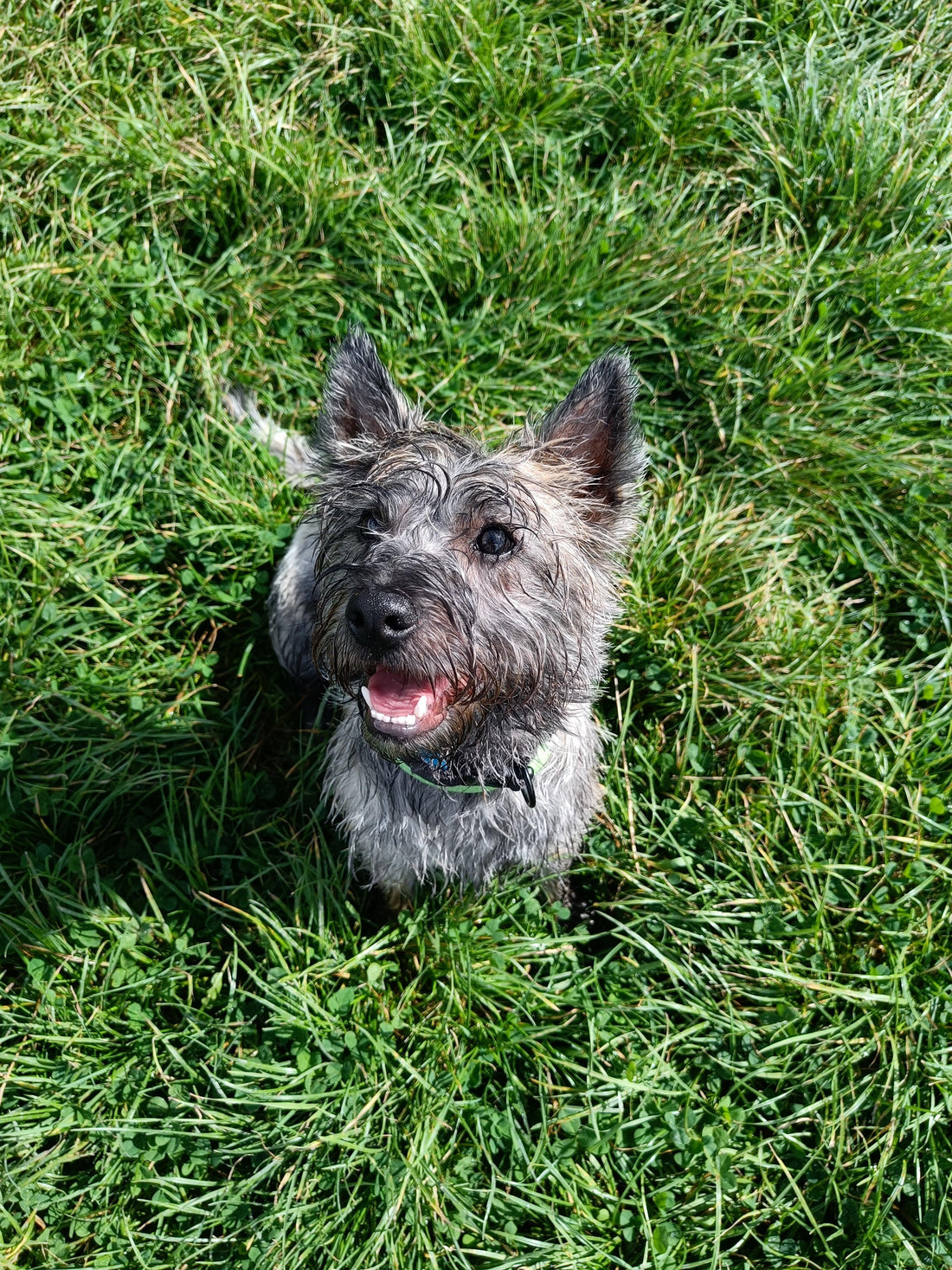
Leadership and dominance
Simone HendriksenShare
Everyone has heard that as an owner you have to be dominant and that dogs are submissive to us. Because we are the boss and the dog just has to listen. However? In this article I will discuss this topic further, because to what extent is this statement correct?
Over the years, the image of the ranking in a pack of wolves or dogs has changed considerably. Early in the domestication of dogs, training methods were based on observations of a pack of wolves. To train your dog you had to be dominant, which often involved physical actions. Such as grabbing the scruff of the neck or even throwing the dog on its back. That way the dog would know that he is at the bottom of the ranking. Much more research has now been done into dog behavior. While it was first thought that animals in a high rank often show aggression to maintain their high rank, it turns out that this behavior has nothing to do with status. Animals in a lower rank also showed this behavior. The image that there is 1 big, angry leader is therefore incorrect.
Now that we know that aggression has nothing to do with status, we can say that the ranking consists of body language (for example making oneself big or small) and signals such as voluntary submission. In that respect, human body language is very similar to that of a dog. Someone who is confident stands upright with their chest out, makes themselves heard and claims their space. An insecure person, on the other hand, makes himself small, looks at the ground and is less likely to stand up for himself or not at all. Dogs read body language, so they respond to the attitude and energy that we radiate as humans.
As noted in my article "Boundaries and Clarity," dogs do best with clear boundaries and consistency in their social structure. We, as dog owners, are responsible for ensuring the health and safety of our dog. Our world is changing rapidly, and we must ensure that our dog can move along safely without endangering others or himself. By leading your dog calmly, consistently and confidently, your dog will notice that you are a stable leader that he/she can trust. Yet it is not just about leading and being the boss. A good relationship with your dog is based on trust, communication, respect and love. You are a team! Sheep herders are a good example of this. They lead and protect a flock of sheep together with their dog. The shepherd provides guidance and instruction to the dog, and together they protect the flock. They couldn't do this without each other!
Do you have difficulty leading or training your four-legged friend? Please do not hesitate to contact me, I will be happy to help you strengthen your team!
